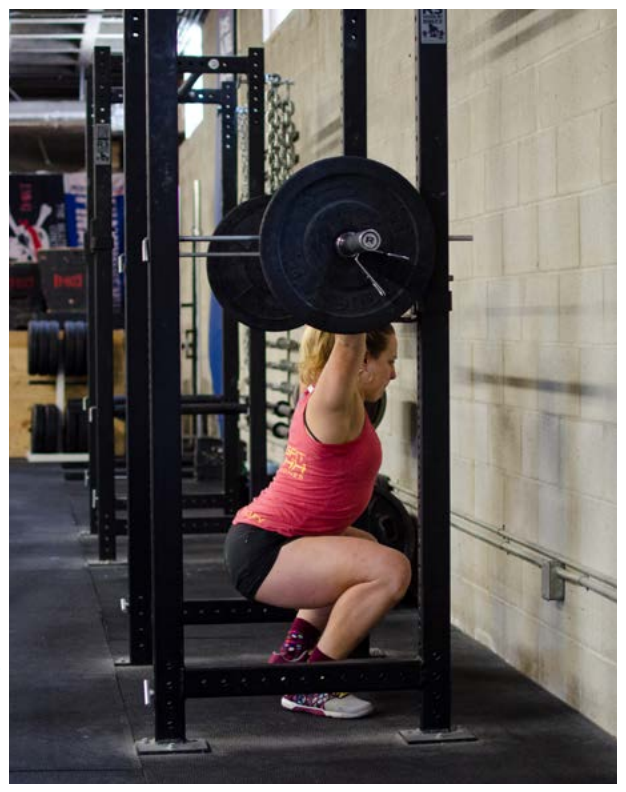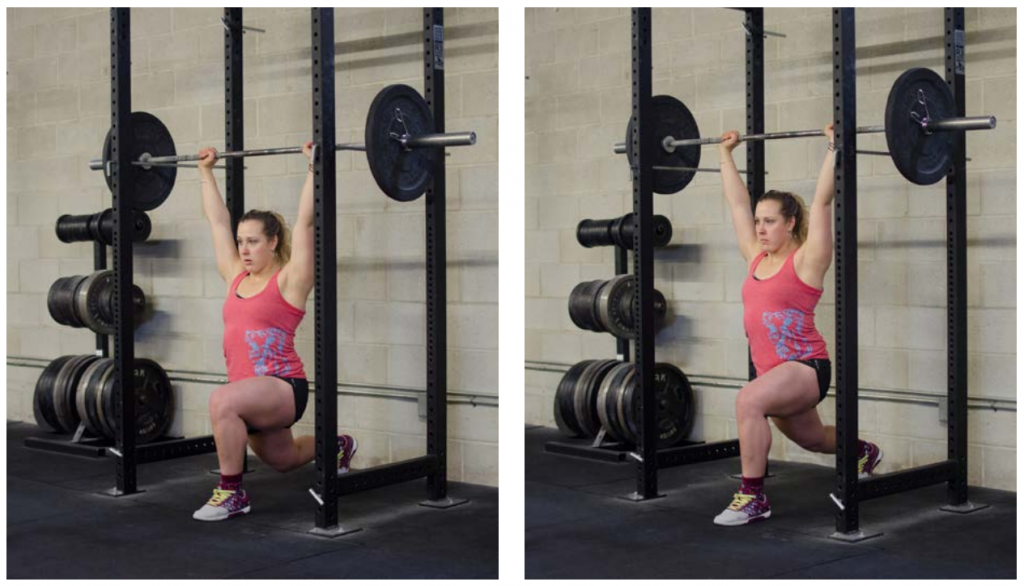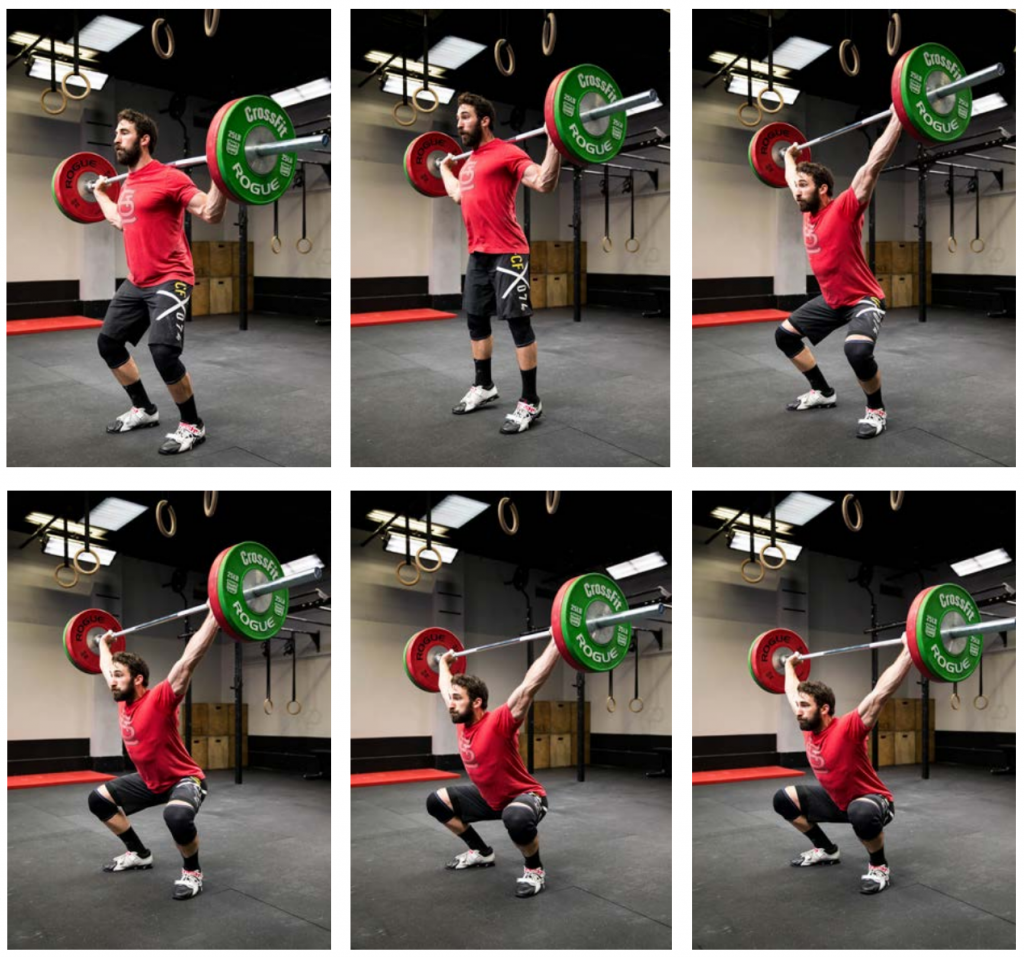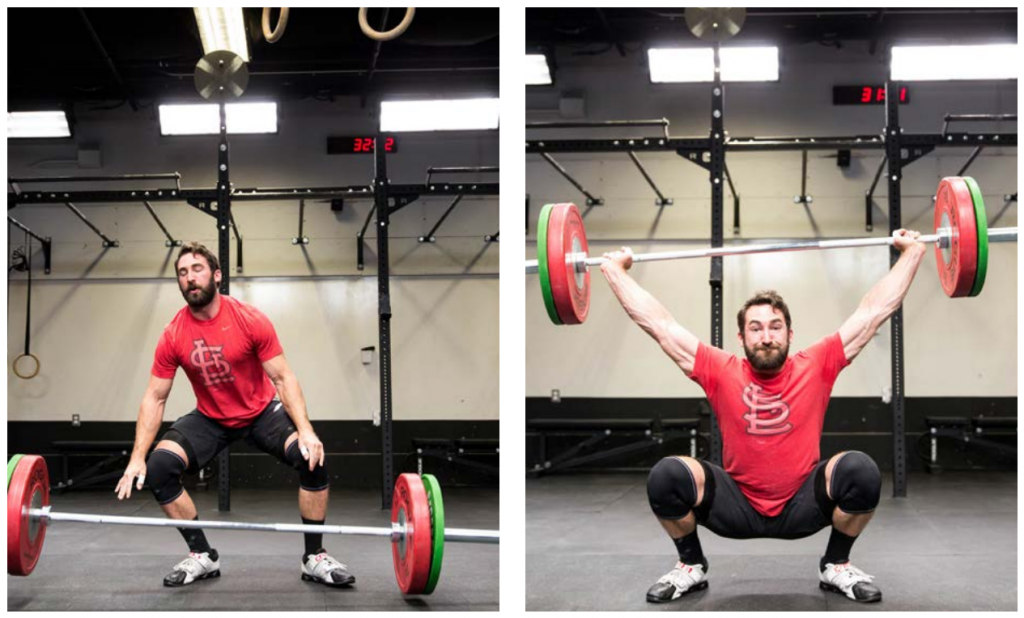Originally published April 2015 in the CrossFit Journal.
I believe full snatches are the epitome of athleticism. If coaches in every sport—from wrestling to soccer to lacrosse to basketball—would insist that their athletes learn how to do this dynamic Olympic lift, athletic skills would be enhanced much more so than by going through plyometrics drills, pulling ropes and sleds, and employing other gimmicks designed to improve foot speed, agility and jumping ability. What those unusual exercises really do is line the pockets of the equipment providers. All the athletic attributes the coaches want their players to work on can be improved simply by doing snatches.
When done correctly, the full snatch is a flawless symphony of strength, quickness, timing, coordination and balance. Consider this: The athlete must pull a weighted bar as high as he possibly can in an explosive fashion, then shift his mental keys in a nanosecond to erupting downward and planting his feet solidly and perfectly so that he is able to control the bar with his arms locked securely over his head.
There are many things that have to be done before an athlete is able to master the technique in the full snatch, and that applies to both the split and squat style. He has to spend time making every part of his body a great deal stronger—from his ankles to his traps and wrists—to be able to elevate a heavy bar to a height that allows him to get under it and lock it out.
He must hone his timing to know the precise moment to make his move to the bottom. And he must do hundreds of reps in order to become stable enough to land on the platform in the exact same position every single time. In the bottom, his entire body must be extremely tight, with his torso erect as he fixes the bar over his head with elbows locked.
Finally, he has to be strong enough to recover from that bottom position. If he is unable to do that, then all previous efforts have been for naught. The snatch is not complete until the lifter stands up and controls the weight over his head.
So that’s the topic of this article: how to make the bottom position so strong that the lifter can still control the weight even when it’s not in the ideal spot overhead. We want lifters who are so strong that they can still stand up without difficulty even when they have to stay in the bottom for an extra long time as they adjust the bar to bring it into the proper alignment.
KISS: Keep It Simple, Squatter
The first exercise I use to enhance strength in the bottom of a snatch is the overhead squat. Overhead squats are extremely useful for any strength athlete because they work so many muscles in a very different manner. Squatting with weights overhead forces the shoulder girdle, back, hips and legs to contract in a unique way. Front and back squats only involve the shoulder girdle slightly, while overhead squats bring the arms and shoulders to the forefront.
Initially, I have the lifter power-snatch a weight, then do 5 overhead squats. After he gets the form down, I start piling on the plates. For the squats to be effective, heavy poundage must be handled—50 or 75 lb. more than what the lifter can snatch.
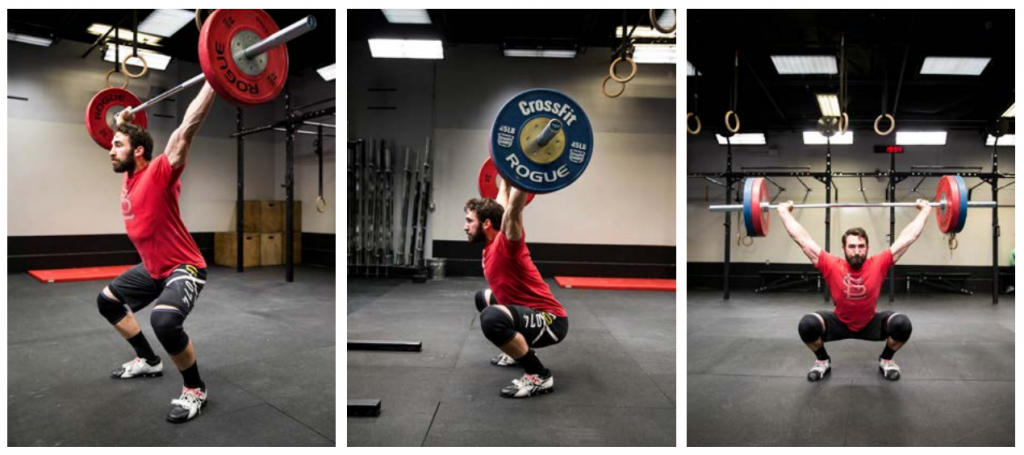
Regularly squatting 50-75 lb. more than you can snatch will increase stability and confidence when you go back to the quick lift.
